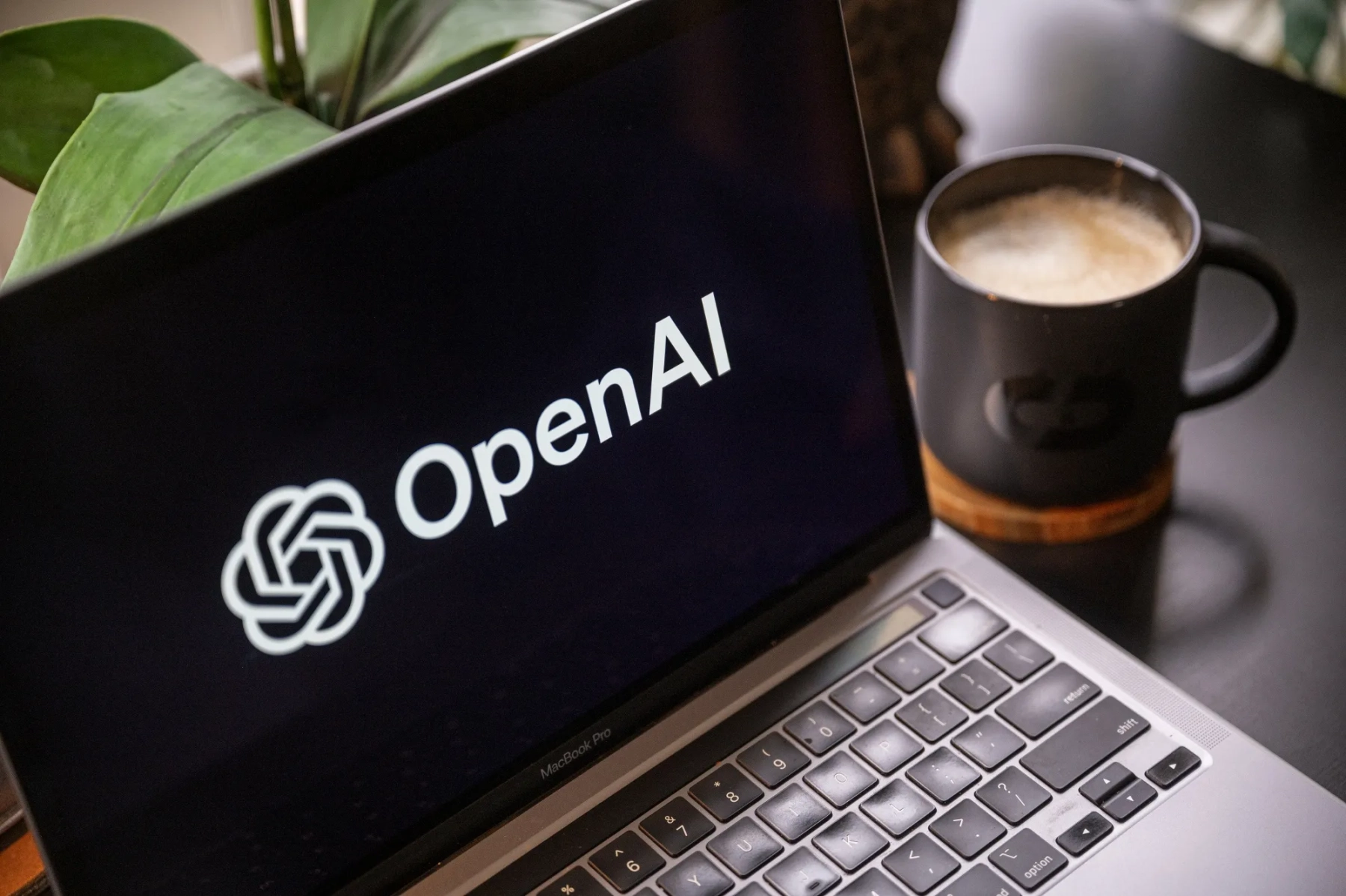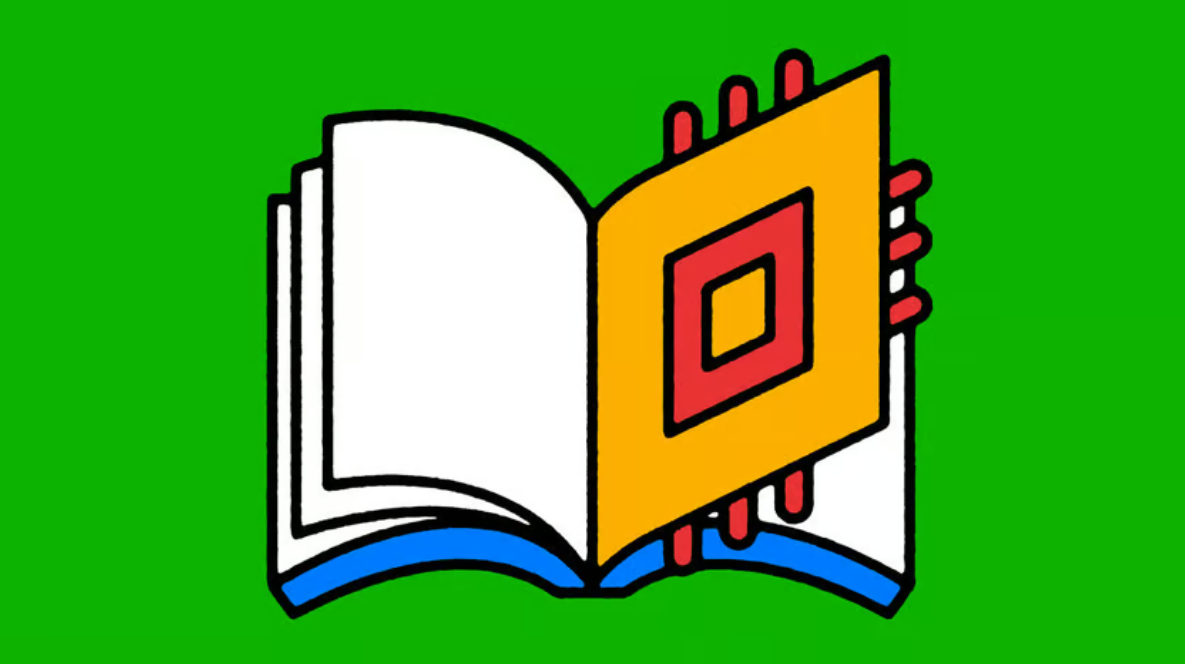
This article is more than
2 year old
The boldest visions for AI in classrooms misunderstand much about education
“Books will soon be obsolete in schools,” opined Thomas Edison in 1913. He believed the motion picture would replace texts and teachers as means of instruction, and that it would happen within a decade. A century later, Mr Edison is unwilling to admit error, no matter how hard your correspondent probes. He insists his prediction was “not entirely incorrect”, and that he got it “both right and wrong”. The best he will offer is that it was “perhaps a bit premature”.
This slippery interviewee is not, needless to say, the long-dead Wizard of Menlo Park. It is a chatbot generated by Khanmigo—a set of ai tools designed for students and teachers that was released in America last year. Users who tire of teasing Mr Edison can speak instead to other giants of history like Albert Einstein, Winston Churchill or William Shakespeare, or with famous characters from literature. Kids may ask Captain Ahab about his whale, Victor Frankenstein about his monster, and Winnie where he got the name Pooh.
Khanmigo—produced by Khan Academy, an education non-profit, and powered by Chatgpt—can do lots of other startling things. Ask it a maths problem, and it will guide you through the steps required to figure out the answer for yourself. Ask for help writing a science-fiction story, and it will trade you a sentence for a sentence until your hero gets gobbled by an alien or falls into a black hole. The gobsmacking speed at which such tools are developing has revived grand visions of tech-driven transformation, in which every child is educated by an all-knowing, automated tutor.
The better bet is that ai will improve school practices more modestly. Technologists tend to view contemporary schooling as a dinosaur, a compromise between efficiency and quality that worked long ago but which looks rickety now. Teachers with classes of 30 or so students inevitably end up having to spend much of their time delivering material at a speed and level of difficulty that suits an average child. Some children master the material effortlessly, and are at risk of getting bored. Others need a lot of help; a number of them will end up falling behind.
At the end of the school year almost everyone advances, even if they have not reached grade level. In subjects such as maths, where each lesson builds on earlier ones, youngsters who proceed with gaps in their knowledge make little sense of anything that comes after. Some school systems hold children back a year, but usually only the very weakest. Holding back a student is not only costly, but also increases the risk of that child dropping out entirely.
Boosters have long promised that technology can upend this “assembly line” system of schooling, and create a more “personalised” approach. By making children a bit less reliant on human teachers, educational software can in theory permit every pupil to learn at their own pace. And that pace could be faster for everyone, goes the thinking, because edtech might be able to simulate the kind of one-on-one attention that the wealthiest children get from tutors.
Machine learning
In mainstream schools, this vision is easiest to find in maths. For years a gaggle of well-tested mathematics courses have prescribed that youngsters spend, say, three lessons a week together as a whole class and the other two lessons in independent study, using software. The exercises these applications serve up vary according to what an algorithm thinks would benefit each pupil the most. Teachers who do not wish to cede classroom time to an app sometimes ask pupils to use these products at home as an alternative to homework.
True believers talk up a much more expansive transformation, in which school timetables dissolve. Why require a child who reads voraciously to spend hours in literacy lessons, when the time might be better used improving their dodgy calculus? Allowing this kind of freedom need not mean children staring at screens all day, boosters say. They want to arrange school days so that chunks of independent-learning time are balanced against hours spent on group projects that foster teamwork. Teachers freed from the daily grind would have more time to set up and oversee these tasks. Pupils who are learning the basics faster than before would have more time to do them.

he latest advances in generative ai would seem to bring these visions closer to fruition. Chatbots that ape human speech can make educational software more engaging and cheaper to build. Existing e-learning tools largely serve children studying maths, basic literacy and some science. But the newest iterations of ai are starting to bring e-learning into the humanities as well. Madeline Bartsch, an English teacher in Indiana, says that during a recent snow day she ditched the seminar that she had planned and asked a group of high-school students stuck at home to discuss with Khanmigo a short story they had read by Ambrose Bierce, a 19th-century American author. The chatbot guided the conversation with on-point questions about theme and authorial intent, such as how the time period that Bierce lived in affected the way that he wrote the story. “It far surpassed my expectations,” says Ms Bartsch, who read the transcripts later. “It asked a lot of the same questions I would have.”All this may sound appealing, but in the past tech-infused ideas about schooling have run into rough ground. Small and “personalised” private and charter schools were fashionable in Silicon Valley a few years ago. None were subjected to rigorous studies. Many have closed. When experiments of this sort go south, innovators blame inflexible teachers, Luddite parents, and meagre budgets. There is doubtless more to it.
One obvious problem is that generative ai does not yet look fit for purpose. It can get sums wrong. It makes up facts. Neither of those foibles is tolerable in the classroom. Supporters dismiss these as mere teething troubles, but there is no guarantee that is the case.
A second major challenge is motivation. Plenty of edtech products work well when used as their developers intended, says John Pane of rand, a think-tank. The problem is that whenever youngsters study on their own, there is always a cohort who do not do much. It is not obvious that new kinds of ai will fix that, says Justin Reich of the Teaching Systems Lab at mit. “Talking to robots is boring. The reason students learn algebra is because they like their teacher, and because they care about the peers around them.”
Even jaded sceptics allow there is a place for new technologies in the classroom
Much of the excitement about ai in classrooms rests on a lazy assumption that one-to-one instruction (or, as here, bot-to-one instruction) is always more effective than learning as a group. Yet it is easy to spot moments in an average school day when that is not the case, says Dr Reich. A tutor can encourage a child to comment on a poem, a painting or a current event. But only a group can produce the lively debates that flow from having “lots of different brains looking at the same source at the same time”.
Dan Meyer, a former maths teacher in California who now works in edtech, agrees. “You could throw trillions of dollars at the project of convincing kids and teachers that they will learn better without each other, and that they might even prefer it,” he writes. “And they will tell you en masse, ‘I don’t think so.’” Every day children come to school seeking answers to two big questions, he argues: not just, “How do I do this?” but also, “Who am I?” Spending time in large and lively classrooms can offer answers to both questions at once, whatever the subject being studied. Time spent with a chatbot, by contrast, shines light on only one.
Even jaded sceptics allow there is a place for new technologies in the classroom. But they argue that ai would best be used to complement the ways in which schools already work. Saving teachers from busywork would be a good first task. Already, popular ai-powered products such as MagicSchool and TeachMate help educators swiftly produce quick-fire quizzes or rewrite texts in multiple iterations tailored to different reading levels. They turn hastily scrawled bullet points into elegant letters to parents, the sort of chore that can sap a teacher’s spirit at the end of a long day.
Plenty of people see a big role for ai in helping teachers improve their practice. Teachfx, an American startup, invites educators to upload audio recordings of their classes to a secure server for ai software to crunch. It supplies them with statistics to reflect upon, such as exactly how much of a lesson they filled with the sound of their own voice. It will count how many times they stopped to pose a question to the class, and whether they gave pupils enough time to answer.
Some emerging work imagines human educators and ai assistants working together in real time. A team at Stanford University is tinkering with ai that is designed to help adults who tutor children remotely (for example, over Zoom or instant-messaging apps). Their software would follow a tutoring session in the background, says Dora Demszky of Stanford; it would provide the human tutor with on-screen suggestions of what responses might work best. Some other researchers talk of giving classroom teachers tools that would help them, say, keep track during a lesson of which students they have not yet called upon to speak.Academics at the University of Colorado in Boulder are working on an “ai partner” designed to help pupils get the best out of group work. It would listen to each group’s deliberations, staying silent if they are on the right track but interjecting when they need help. It could also call over the human teacher if it thinks they have got hopelessly lost. The prototype crunches only audio, says Tammy Sumner, one of its creators. But she thinks it could be improved with sensors that help detect where students are looking or pointing.
It might be wiser to think of schools less like “dinosaurs” and more like “great white sharks”, says Dr Reich of mit. Many of their traits, like school bells and age-graded classes, have outlasted more exciting ideas because, put simply, they work. People always expect technology to “change the way everything happens”, he says. It is more realistic to expect that technology will improve learning by helping schools do better at what they have been doing for generations.